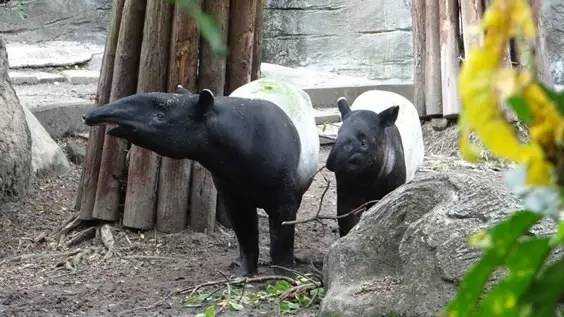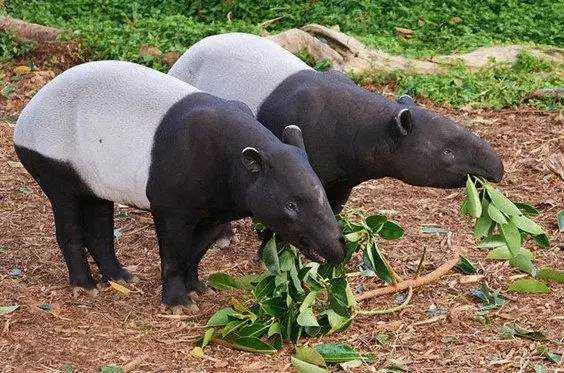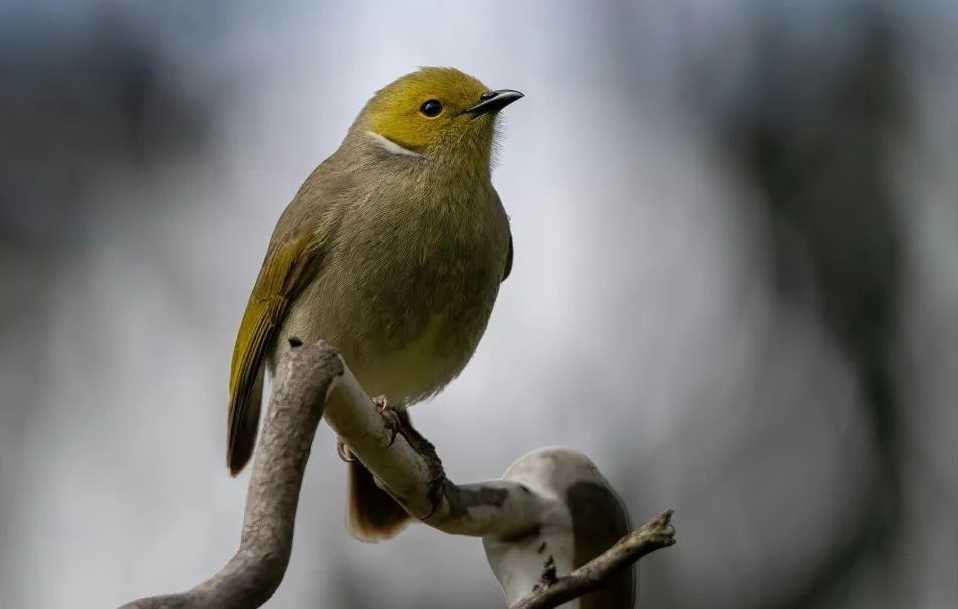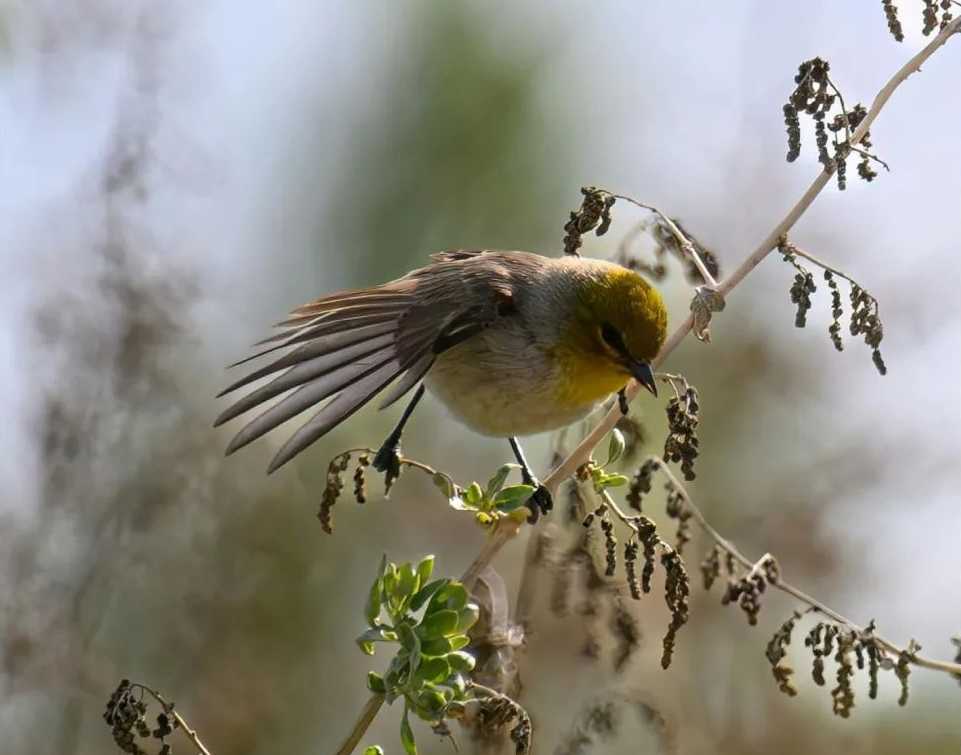Search for information
The Malayan Tapir: Southeast Asia’s Elusive 'Living Fossil' with a Distinctive Black-and-White CoatNative to the dense rainforests of Malaysia, Thailand, and Sumatra, the Malayan tapir (Tapirus indicus), also known as the Asian tapir, stands out as one of the region’s most unique and endangered mammals. Recognized by its striking black-and-white coloration and prehensile snout, this large herbivore is often called a "living fossil" due to its ancient lineage and primitive features.
June 23, 2025, 10:57 am EDT

A Bizarre Appearance with Evolutionary Purpose

Nocturnal Behavior and Conservation Crisis
Last Ditch Efforts to Save a Living Fossil

Tank 400 Hi4-T: The Epitome of Hardcore Off-Roading
The Tank 400 Hi4-T redefines what it means to be a rugged off - road vehicle. With its striking mecha - inspired exterior, the vehicle commands attention. Sharp, horizontal lines dominate the front, giving it an unapologetically tough look. The polygonal air intakes, paired with bold headlight clusters and a robust bumper, create a chiseled facade that screams strength and readiness for adventure.more

Exploring Brazil's Iconic Culinary Delights: A Journey Through Churrasco, Feijoada, and Xis
No discussion of Brazilian cuisine is complete without starting with Churrasco, a culinary masterpiece that graces the country’s state banquets. Originating in the late 18th century, this tradition began when Brazilian cowboys (Gaúchos) skewered meat on longswords and roasted it over campfires. Today, it stands as a symbol of Brazil’s rich culinary heritage.more

The Pink River Dolphin: Amazon’s Enigmatic Pink Wonder Unique to River Ecosystems
In the murky waters of the Amazon and Orinoco river basins, a creature of mythical allure glides through the currents: the pink river dolphin (Inia geoffrensis), a unique species that has captivated indigenous tribes and scientists for centuries. Often called the "botos," these dolphins stand out not only for their striking pink hue but as one of the few freshwater dolphin species on Earth, evolving the perfect adaptation to thrive in the Amazon’s labyrinthine waterways.more

The Blue-Footed Booby: Galápagos’ Colorful Seabird with a Dashing Mating Dance
Native to the tropical and subtropical coasts of the eastern Pacific Ocean, the blue-footed booby (Sula nebouxii) is an iconic seabird best known for its most striking feature—bright blue feet that range from a pale turquoise to a vivid cobalt. Made famous by the Galápagos Islands, this charismatic bird has captivated scientists and nature lovers with its unique appearance and elaborate courtship rituals.more

The Enchanting White-naped Honeyeater: A Jewel of Australasian Forests
The White-naped Honeyeater (Melithreptus lunatus), a vibrant and agile bird native to Australasia, charms observers with its striking plumage and vital role in forest ecosystems. Found in the lush woodlands and eucalyptus forests of Australia and New Guinea, this species is a testament to the rich diversity of honeyeater birds, renowned for their specialized nectar-feeding habits.more

Yellow - Headed Siskin: A Vivid Jewel of the Avian World
The yellow - headed siskin, Spinus notatus, is a strikingly beautiful small bird that stands out with its vibrant plumage. With a bright yellow head, chest, and underparts contrasting sharply against its black - and - white patterned wings and back, it is a true spectacle in the wild. Native to South America, this species has become a favorite among birdwatchers for its colorful appearance and cheerful chirps.more

Porsche 911 GT3 (996): The Catalyst for Modern 911 Racing Heritage
At the turn of the millennium, Porsche faced a pivotal challenge: creating a homologated road car to underpin an all - new 911 racing lineage for the 996 generation. The result was the 911 GT3 (996), a revolutionary model that not only served as the brand’s first ground - up 911 redesign since the 1960s but also redefined the intersection of track - ready performance and street - legal practicality.more

Exploring the Rich Tapestry of Brazilian Cuisine: Three Must-Try Traditional Dishes
Brazil's culinary landscape is a vibrant fusion of flavors, cultures, and traditions, reflecting the country's diverse heritage. From the sizzling grills of churrascarias to the comforting warmth of home-cooked meals, each dish tells a story. Here are three iconic Brazilian foods that showcase the heart and soul of this culinary-rich nation.more

